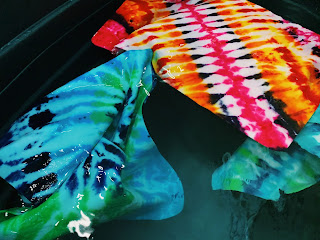Symmetry. Texture
Continuing with my aquatic theme, I chose to look specifically at the diving board to demonstrate symmetry and texture within art. Lupton and Phillips say, “a symmetrical design, which has the same elements on at least two sides along a common axis, is inherently stable”. The design on the board’s surface is symmetrical and creates a “stable” image that is artistically balanced. After reading about how symmetry adds balance to art, it makes sense that diving boards would be very symmetrical objects, because diving is all about balance, rhythm and symmetry. Even in the image that incorporates more of the pool, the drains at the bottom of the pool add to the sense of symmetry.
The diving board has a rough, bumpy texture which is needed so that our wet feet don’t slip on the surface of the board. In the second picture I took a close-up picture of the board’s surface to show this coarse texture. According to Lupton and Phillips, “textures in our environment help us understand the nature of things” (69). This image is important because it allows viewers to almost be able to feel the surface of the board. By seeing a magnified view of the surface of the board this evokes a sense of touch.
https://www.instagram.com/art.ofmovement/




The texture in your second image really highlights how cool diving boards can be? (If that makes sense!) I love the pattern on the diving board as well!
ReplyDelete